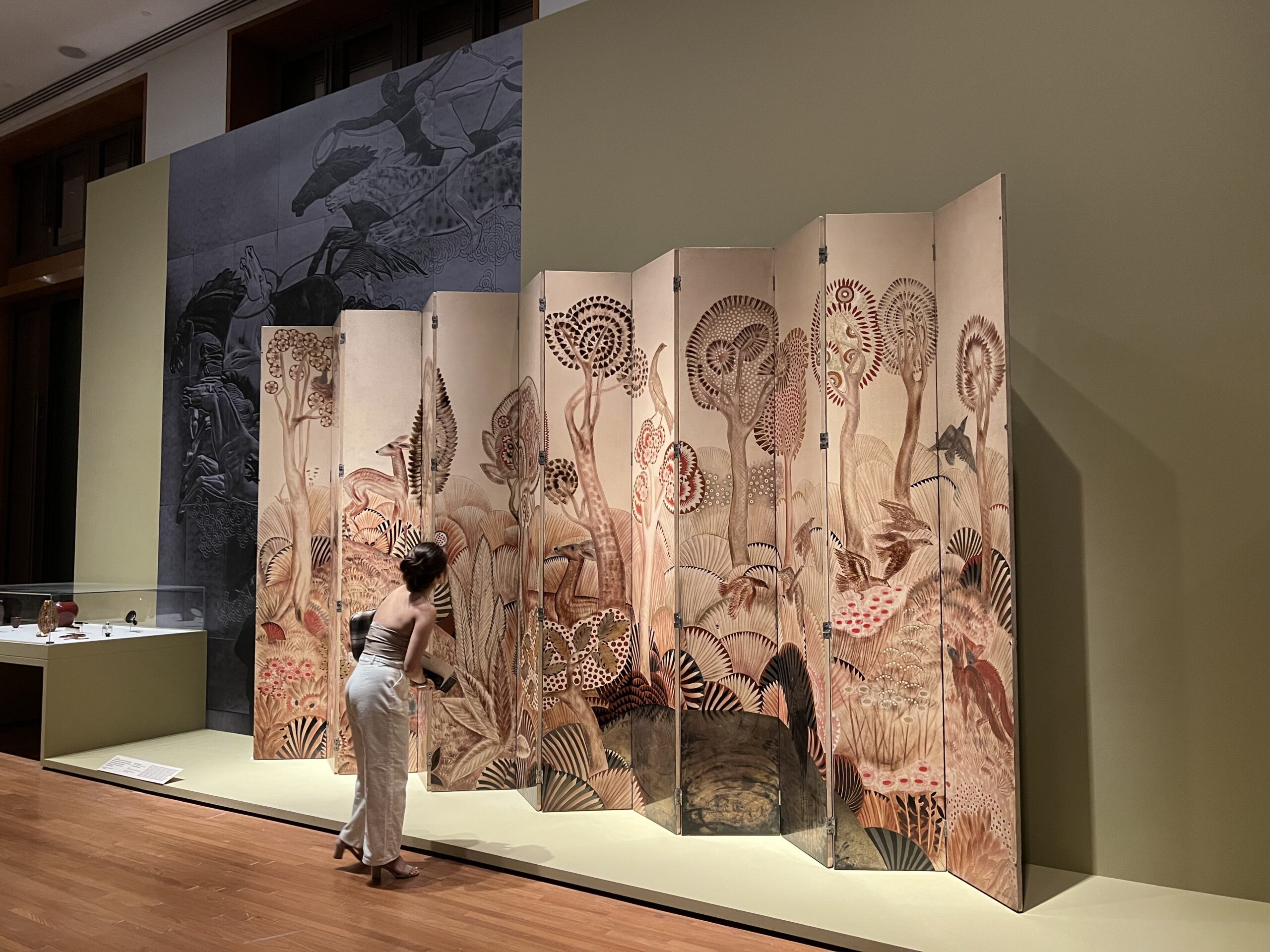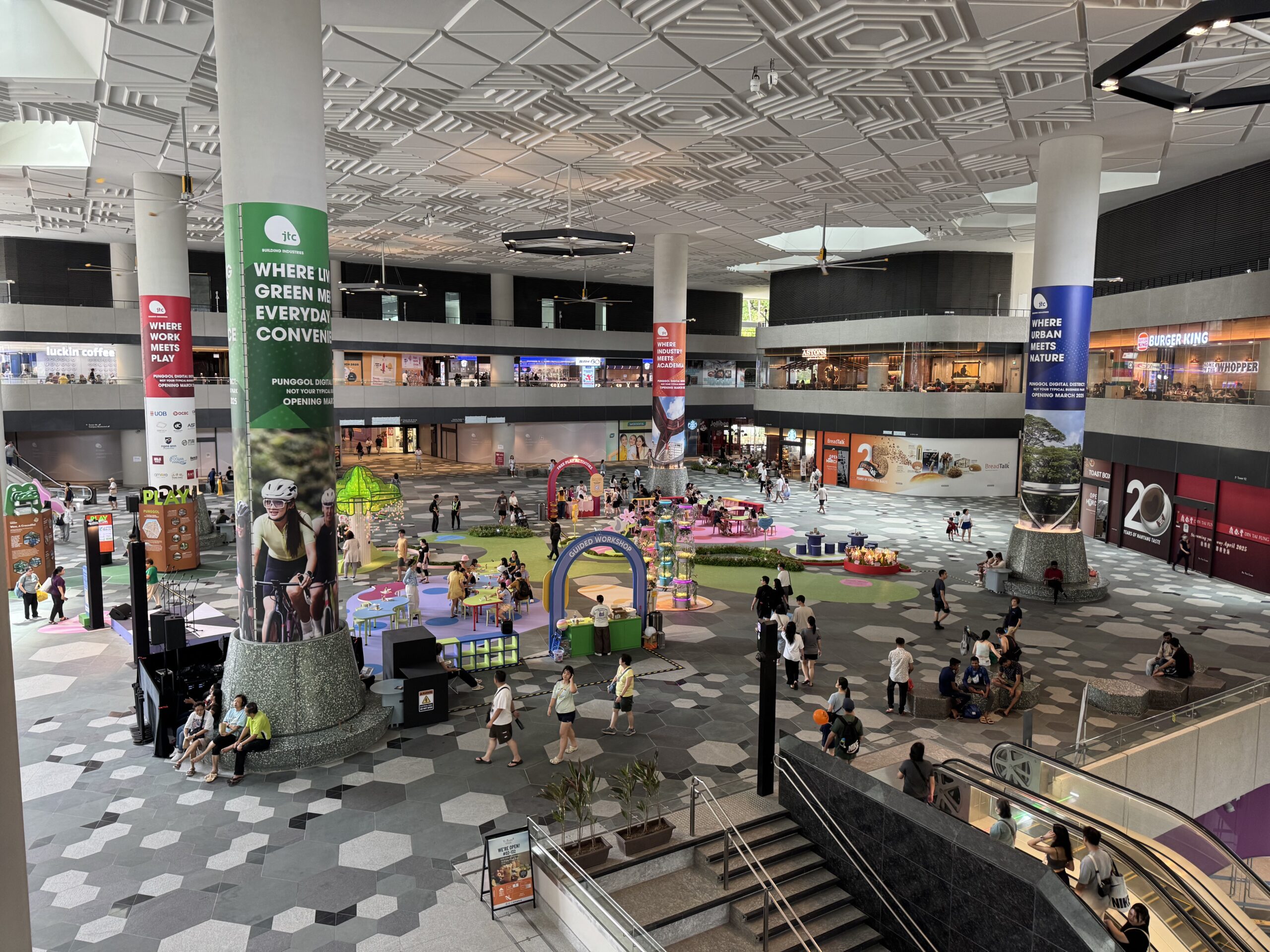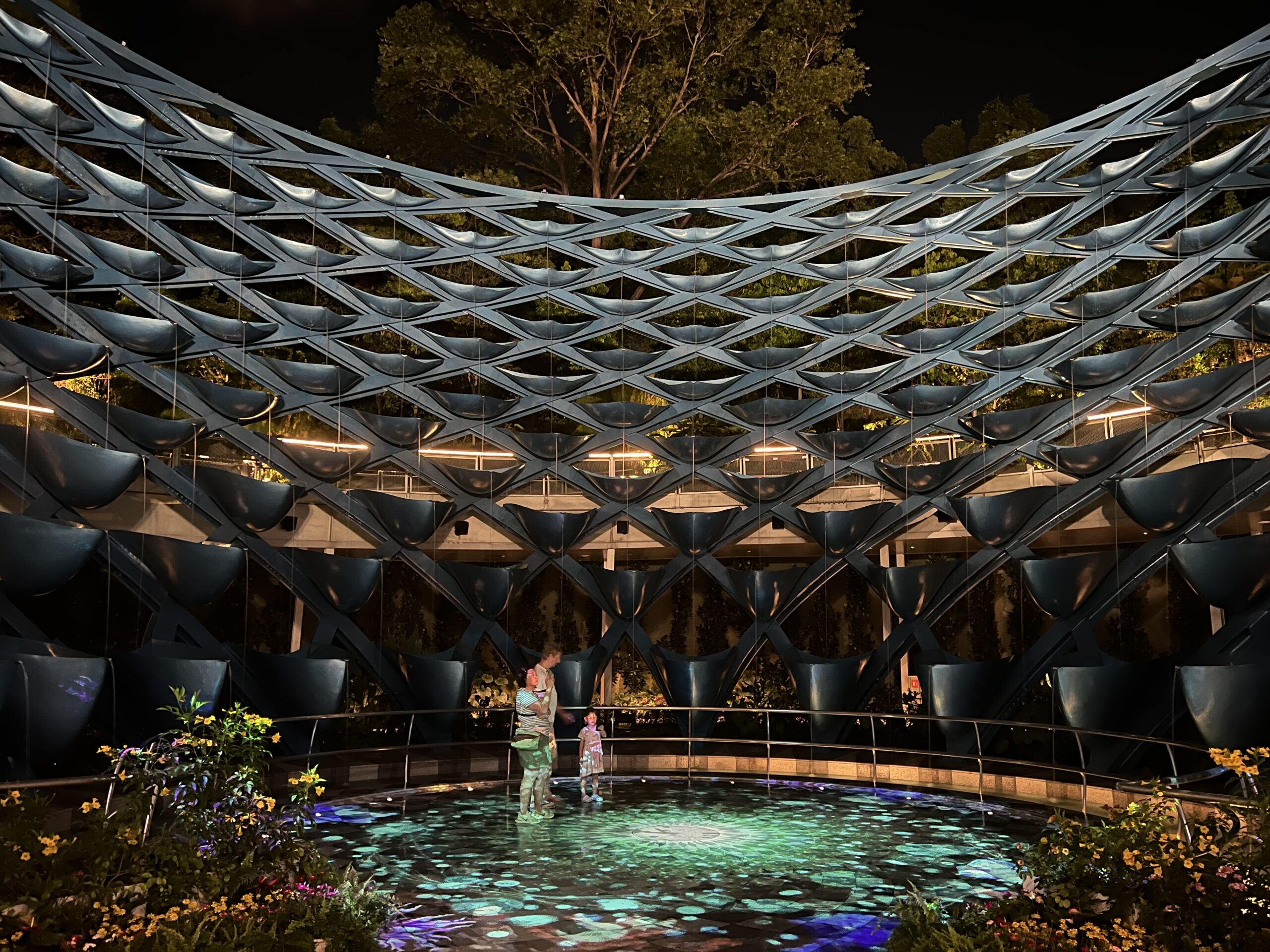
Minamata Disease Museum
Our day began on a solemn note as we entered Minamata Disease Museum which triggered a memory from my secondary school days where I studied about how the fishes at Minamata bay poisoned its people through bio-accumulation of toxins.
The Minamata Disease museum was built with the aim to educate the world about this pollution-caused illness and the importance of keeping our environment clean. Admission to the museum is free-of-charge.
We are honored to have Rimiko Yoshinaga, whose Dad was affected by Minamata Disease, to share with us about what her family went through and how it all began. There are also storytelling sessions recounted by victims of the Minamata Disease at the museum for visitors as well (through special arrangements.)
The waters are Minamata were heavily polluted by the discharged of mercury from factories in the 1950s. These pollutants (i.e methylmercury) got into the bodies of the marine life and it accumulated down the food chain, resulting the bigger fishes to have a higher toxicity which is enough to cause detrimental effects to our health.
The first outbreak in 1956 alarmed the locals but no one knew what was the cause of this deadly disease that causes neurological dysfunction in humans.It was only much later when they discovered that the outbreak of disease was caused by Chisso, a factory, that releases mercury waste into the seas. Chisso is a supplier for liquid crystals for LCD displays.
By them, many of the villagers were affected by this disease. Victims of this disease suffers from sensory disorders of the limbs, shaking, numbness, narrowing of the field of vision and deafness. Worse still, methylmercury can also accumulates in the fetus through the mother’s placenta so even unborns are affected too.
Since this incident, the government have invested money and effort in cleaning up the seas so that the fishes in the water are safe for consumption again.
The museum displays a great deal of information about Minamata disease in both English and Japanese. It is really worth the visit if you are in Kyushu.
Their stories is a reminder for the locals there to protect and care for their environment so that it will be a safe and clean place to live in.
Shiroyama Observatory
These are my meal buddies who have a diet restriction so I often dine with them. They are really fun to hang out with too 🙂
This was the best hotel we’ve stayed by far! Remm Kagoshima leaves us sweet memories, especially with my roomie, Ana, as we buried ourselves with Japanese snacks in the bathtub.
This was one of the prettiest hotel we stayed in. Albeit small but the facilities was awesome. There’s even a massage chair and the wifi signal was super strong.
Watch my travel vlog on Kyushu, Japan right here!


![[Review] Sawadee Thai Cuisine: Authentic Thai cuisine featuring Hometown Flavours From Si Sa Ket, Thailand](https://deeniseglitz.com/wp-content/uploads/2025/04/IMG_6762-150x150.jpeg)
![[Review] Donna Beauty’s new BES Facial Therapy](https://deeniseglitz.com/wp-content/uploads/2025/04/IMG_5065-150x150.jpeg)


















